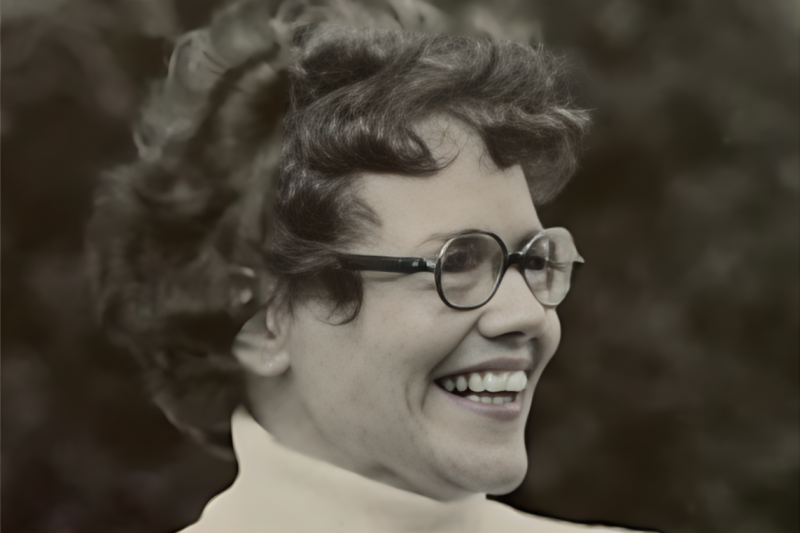
School Reform Gets Real World
“Jason” was the kind of ninth grader his teachers reluctantly identified as someone on the “prison track.” A boy with a troubled past, he was constantly putting himself in danger of arrest through his frequent acts of graffiti.
But when John Muir High School in Pasadena, CA, adopted a new approach to delivering pedagogy called “Linked Learning,” all that changed. Through the coordinated courses he started taking in the school’s Arts, Entertainment, and Media Academy, Jason realized he had a valuable talent that could be channeled to more productive purposes. Now a senior, the teen is earning awards and even making money with his art –– which is no longer defacing public property. What’s more, through a field-based internship and other learning experiences in his pathway, he’s learning a range of practical and creative skills that can help him prepare both for college and a career success.
Jason’s experience is just one of the many successes found among the nine school districts participating in the California Linked Learning District Initiative, a statewide effort launched by the James Irvine Foundation in 2008. Under this initiative, leaders from school districts, schools, civic organizations, various industries, non-profits, and higher educational institutions have been collaborating to build high-quality academic “pathways” among disciplines –– making education relevant to the real-world needs of any students in the district, especially those traditionally underserved.
“Linked Learning is about preparing students for both college and career, not college or career,” says Erik Rice, senior associate with the Stanford Center for Opportunity Policy in Education (SCOPE), which is providing professional development for district and pathway leaders.
Connecting the Dots
Linked Learning stresses continuous integration of academic instruction with demanding technical curriculum, field-based learning, and student supports, embedded into career-themed schools or smaller learning communities known as “pathways.” With Linked Learning, teachers in subjects traditionally siloed, like history, English, art, science, and career technology, are now working with each other to create coordinated curricula that focus on a career theme. In addition to its arts academy, for example, John Muir in Pasadena boasts the Business and Entrepreneurship Academy and Engineering and Environmental Sciences Academy for ninth through twelfth graders.
“The classes create tangible links between school subjects and the themes of the academies so that kids know why they should care about what they’re learning,” says Ed Honowitz, school board member in Pasadena. Working in small cohorts with the same peers and teachers over time, students also receive greater attention and mentoring. They are supported in tracking their graduation requirements and learning how to apply for college, as well.
Equally important, through community collaborations, students are given opportunities in the workaday world like internships and job shadowing to find out what exactly happens behind the intimidating doors of business buildings, hospitals, and a host of other organizations. “Students gain access to experiences, equipment, tools, and people, which is super important in our world,” says Cynthia Lake, an art educator at John Muir High School, where her own students now take classes and have the ear of professionals at the prestigious Art Center College of Design. Farther afield, in Antioch, CA, Dozier-Libbey Medical High School, has established field experiences through its network with healthcare professionals at Kaiser Permanente Medical Center, which is located a mere few hundred yards away from the school.
Learning to Teach in New Ways
Retooling for pathway teaching can be a formidable task for professionals used to traditional educational models. At SCOPE, senior associates Erik Rice and Elle Rustique are leading the charge with a leadership development series for district and pathway leaders. For the past three years, district leadership teams have attended summer institutes at Stanford to immerse themselves in cutting-edge workshops with experts from the university’s schools of education, business, and design. SCOPE has also supported these teams through residencies hosted by network districts.
In addition, SCOPE has helped coordinate and lead an aligned professional development series, supporting pathway leadership teams from the nine participating districts. This has focused largely on building technical and leadership capacity for Linked Learning with emphasis on curriculum and instruction, assessment, and adult communities of practice.
SCOPE also provides knowledge briefs and case studies detailing specific districts’ successes and challenges. “Learning about what others in the Linked Learning Initiative are doing and having access to cutting-edge research on these practices gives us valuable knowledge to apply to our own reform efforts,” says Donald Gill, superintendent of Antioch Unified School District.
ConnectEd: The California Center for College and Career — an organization founded in 2006 to support the Linked Learning Initiative — has been a central partner in the leadership development series and has provided further technical assistance and coaching to the nine districts. This includes Antioch, Los Angeles District 4, Long Beach, Montebello, Oakland, Pasadena, Porterville, Sacramento, and West Contra Costa. As of March 2010, with Irvine Foundation support, ConnectEd has awarded almost $12 million in grants for the enterprise.
Encouraging Results
Each district that has rolled out a Linked Learning initiative over the past four years has seen marked results. “Students in pathways curricula outperform their peers who are not in such programs,” says Erik Rice. Early data reveals that test scores, drop-out rates, and college attendance numbers have improved significantly across the network. (To see data and read the SCOPE case studies, please visit http://edpolicy.stanford.edu.)
“Kids are also much more engaged in doing exciting things,” reports Honowitz in Pasadena. Students in the Engineering and Environmental Sciences Academy at Muir, for example, collaborated with the Jet Propulsion Laboratory and Cal Tech to create a solar-powered boat that they entered into a design race –– winning first prize for the fastest craft. “These are incredible experiences with life-changing consequences that students wouldn’t have had otherwise,” says Honowitz.
“My own children, who don’t go to Muir, are actually envious of what they call the ‘real’ education that students at Muir are getting,” notes Cynthia Lake. “This kind of learning can be costly in terms of time, effort, and money, but it will be more costly to our society if we don’t provide this kind of relevant pedagogy across the board in the U.S. educational system.” Clearly, Linked Learning is an approach whose time has come.
“In the coming years, we expect to see all nine districts continue to develop the systems, structures, and culture to support a system of high quality pathways,” says Rice. “As districts and pathways work with their civic, business, and other community partners to implement Linked Learning, there will be increased evidence of positive impact on student outcomes. SCOPE intends to continue to be a central partner to ensure that all students in these districts have access to Linked Learning pathways and the rich learning experiences that are required to be college and career ready.



